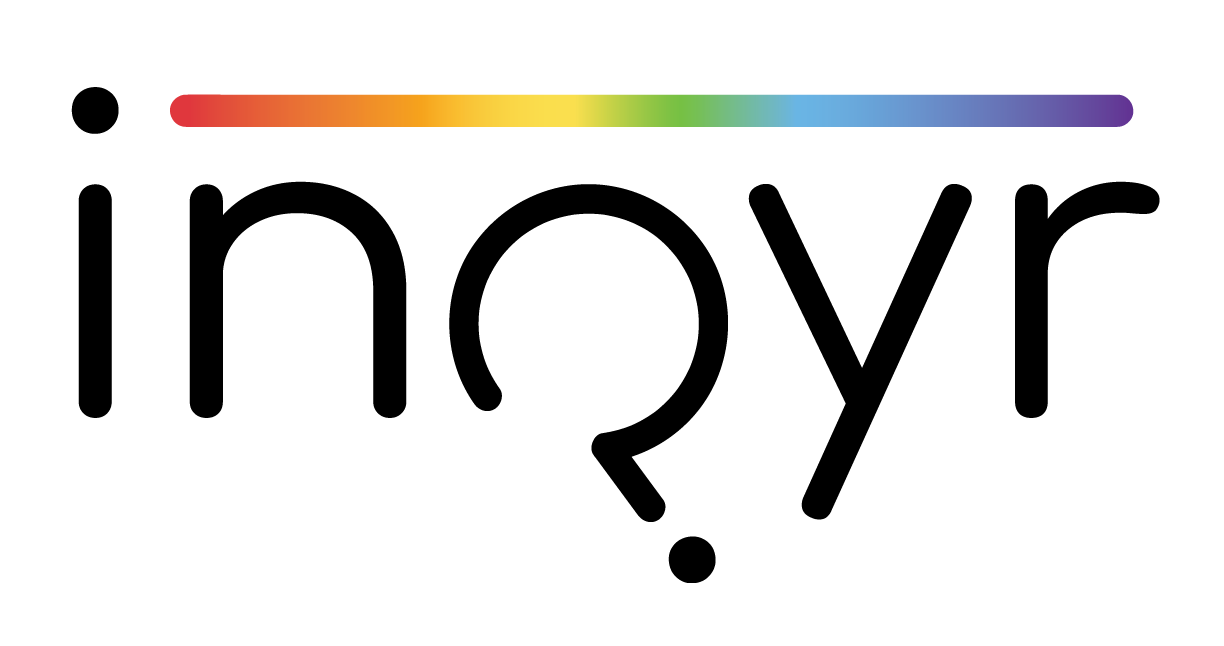Articulating identities: Language and practice with multiethnic sexual minority youth
McInroy, L., & Craig, S. L. (2012). Articulating Identities: Language and practice with multiethnic sexual minority youth. Counselling Psychology Quarterly, 25(2), 137–149. https://doi.org/10.1080/09515070.2012.674685
Highlights
Background
Clinicians working with sexual minority youth (SMY) should be knowledgeable about the contemporary language around sexuality and gender used by adolescent clients, and of the potential impact of social environment and individual context on terminology.
Study Description
This paper discusses the role that sociodemographic and contextual factors may play in access to discourses of sexuality and sexual identity taxonomies for a population of multiethnic sexual minority youth (MSMY) (n = 500) from Miami-Dade County, Florida
The study population comprised primarily of Black, non-Hispanic (31.4%), and Hispanic (65.4%) SMY
94.2% identified using traditional sexual identity terminology, including lesbian (38.1%), gay (25.7%), and bisexual (28.1%).
Key findings
We found that more than 94% of participants continued to use traditional identity labels
In contrast, less than 6% used non-traditional terminology, which differs from previous research findings on both SMY and MSMY which may indicate the role the culture and context play in identity development and articulation
MSMY also reported many risk factors that related to individual concerns (e.g., personal substance use), family and living situation, and environment.

